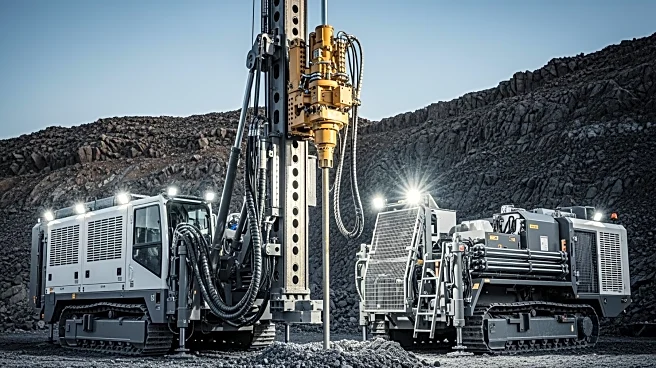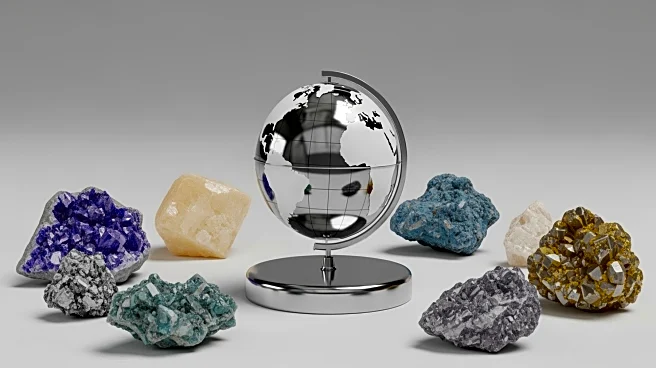What's Happening?
The use of blockchain technology is being explored as a solution to trace the origin of minerals, particularly tin, tantalum, tungsten, and gold, which are often associated with conflict minerals. Blockchain
tools provide a transparent and immutable record of mineral transactions, ensuring that minerals are sourced responsibly and meet due diligence requirements. This technology is being implemented by companies like Minespider, which offers blockchain solutions to the mining industry. The Rwandan tin smelter, owned by Luma Holding, has adopted blockchain traceability to assure buyers of conflict-free tin, enhancing buyer confidence and compliance with international regulations.
Why It's Important?
Blockchain technology offers a promising solution to the challenges of tracing mineral origins and ensuring ethical sourcing. By providing a transparent and unchangeable record of mineral transactions, blockchain can help companies comply with regulations and avoid supporting exploitative mining practices. This development is significant for industries reliant on minerals, such as electronics and automotive, as it addresses consumer and regulatory demands for ethical sourcing. The adoption of blockchain in mining could lead to increased accountability and improved industry standards, benefiting both companies and consumers.
Beyond the Headlines
The integration of blockchain in mining not only addresses ethical concerns but also enhances supply chain efficiency and transparency. As blockchain technology becomes more widespread, it could lead to broader industry shifts, encouraging more companies to adopt similar practices. This could result in a more sustainable and responsible mining sector, with long-term benefits for environmental and social governance. Additionally, the use of blockchain may drive innovation in other sectors, as companies seek to leverage its capabilities for improved traceability and accountability.











